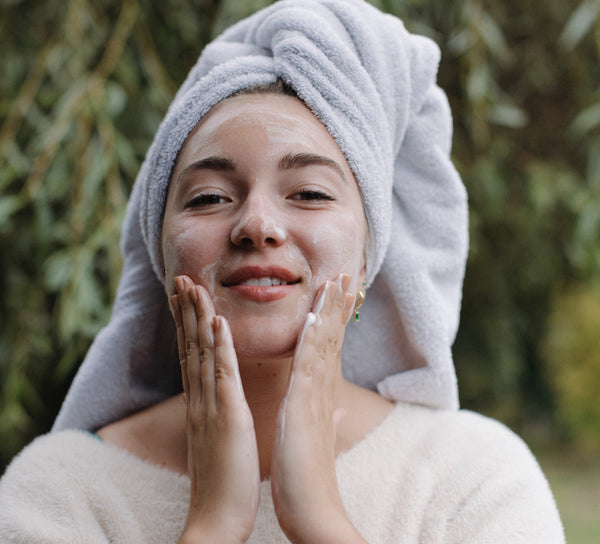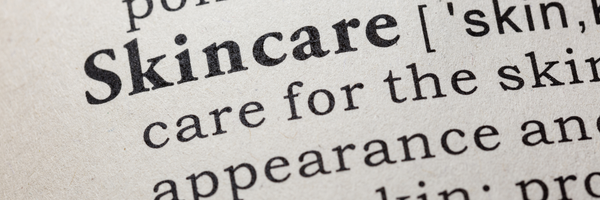How to Exfoliate Your Skin at Home

Used as a part of your regular skincare routine, scrubs, peels, and masks are all different at-home treatments which help with taking care of your skin. The benefits of using a scrub, peel, or mask include: cleansing the build-up of dead skin cells, clearing pores, hydrating the skin, or minimizing fine lines.
How to exfoliate your skin at home? It’s easy! This blog post shares the difference between scrubs, peels, and masks, and provides tips on how to best exfoliate your skin at home.
How to use an exfoliating face scrub?

When you think of an exfoliant, the traditional option is a gritty scrub, a physical exfoliant with a sandy texture that polishes the surface of your skin, physically removing dead skin, debris, or excess oil from the epidermis -- the top layer -- of your skin.
The benefit of a scrub is that you can control the vigour and pressure of the product and actually feel the dead skin being sloughed off your face. However, the downside is that the same grit that helps exfoliate can be abrasive and scratch the surface of your skin and cause damage, especially for sensitive skin.
Also, scrubs only benefit the top layer of your skin and don’t necessarily go deeper to address the root of your skincare concerns.
Face Scrub Tips:
- Choose a facial scrub that has a creamy texture and contains fine grains such as oats. Our NENA Cleansing Cream, for example, is made with glacial oceanic clay, a natural earth-to-skin ingredient with an ultra-fine particle size that helps gently exfoliate your skin.
What do peel off face masks do?
 Photo by Anna Shvets from Pexels
Photo by Anna Shvets from PexelsA peel serves the same exfoliation purpose, but uses chemistry (like acids or enzymes) to go beneath the top layer of your skin to tackle clogged pores and blemishes.
A peel typically starts off with a gel-like consistency which hardens on your skin when put in contact with air. You've probably seen glitter peel-of masks go viral on social media. To remove, the entire layer can then be peeled off your skin, with the satisfying feeling of stripping away clogged pores or debris from your skin.
Peel-off Mask Tips:
-
Some DIY peel off masks use glue as a base - those can be quite harmful and irritating to the skin. Instead, look for peel off masks that use natural ingredients and avoid those that contain irritating and drying ingredients such as alcohol, glue (usually made of polymer vinyl and acetone) or artificial fragrances.
-
Peel-off masks may also contribute to the sagging of the skin from the repeated pulling motion. To counteract this, when peeling off your mask, do so in an upwards manner.
What do face masks do for the skin?

Similar to a peel off mask, a face mask is something you also keep on your face for a short period of time, while your skin absorbs the nutrients. However, unlike a peel-off mask, the product doesn’t harden into a single layer.
Instead, most face masks require for you to wash the product off after applying. From clay masks to sheet masks, every mask has different benefits and application processes, with the objective of improving different skincare concerns.
The All-Purpose NENA Clay Mask
At NENA Skincare, we specialize in natural glacial oceanic clay as our main ingredient in our clay mask product, which have clinically proven benefits of: collagen production (for anti-aging), reducing skin surface sebum (aids with acne) and minimizes the appearance of pores (for clear skin).
Our Clay Mask product uses a concentration of 99% Glacial Clay, meaning your skin harnesses the full benefits of our clay, compared to other brands which use only 10 - 15% and top up with fillers.





